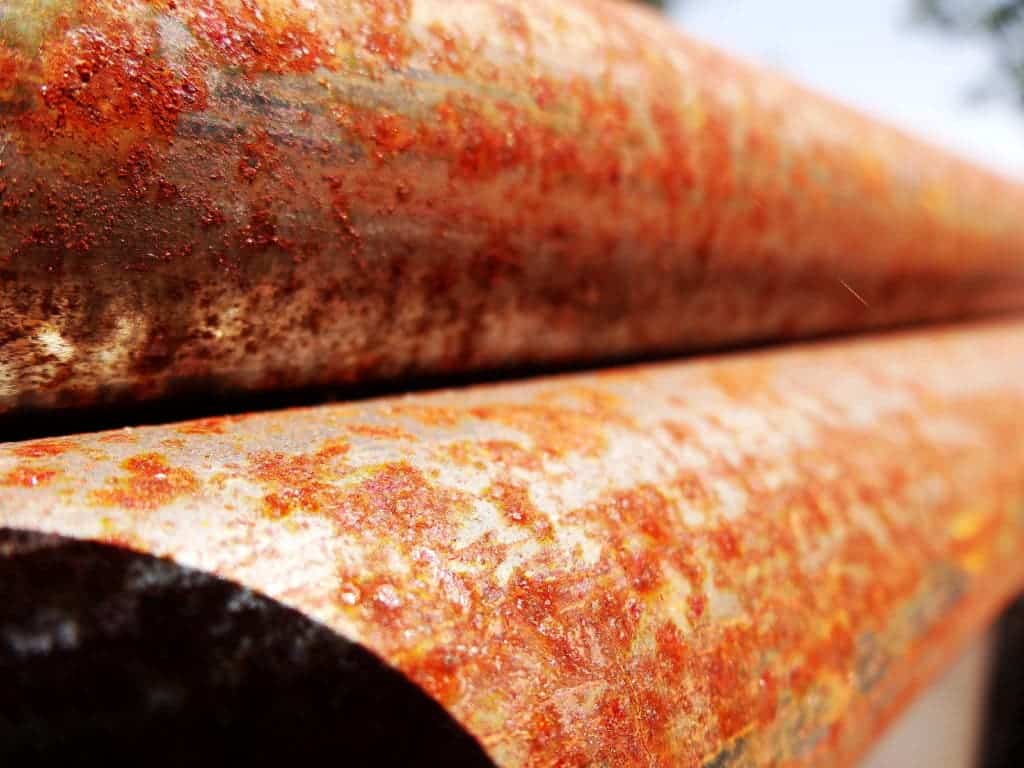While renewable energy keeps expanding across the globe, a new discovery by scientists at Caltech and Northwestern University could soon lead to new ways of developing a sustainable power production.

A new study found that thin films of rust—iron oxide—can generate electricity when saltwater flows over them. The study was published at Proceedings of the National Academy of Sciences and led by Tom Miller and Franz Geiger.
Thanks to a chemical reaction that changes the elements, the interaction between metal compounds and saltwater commonly generates electricity. However, harnessing that electricity has proven challenging.
Researchers have now discovered that rust, or iron oxide, converts the kinetic energy of flowing saltwater into electricity, with no chemical reaction involved.
The discovered phenomenon has previously been observed in thin films of graphene — sheets of carbon atoms arranged in a hexagonal lattice. The effect is around 30 percent% at converting kinetic energy into electricity. For comparison, the best solar panels are about 20% efficient.
“A similar effect has been seen in some other materials. You can take a drop of saltwater and drag it across graphene and see some electricity generated,” Miller said, adding that the iron oxide films discovered would be relatively easy to produce and scalable to larger sizes
In order to make sure that the rust formed in a consistent and thin layer, the researchers used physical vapor deposition (PVD). The technique turns normally solid materials into a vapor that condenses on the desired surface. They created a layer that it’s around 10,000 times thinner than a human hair.
Using saltwater solutions over the layer, the ions in the water attracted electrons in the iron under the layer of rust and dragged those electrons along with them, generating an electrical current. The process could be used in the future to generate energy on items like buoys floating in the ocean, researchers claimed.
“For perspective, plates having an area of 10 square meters each would generate a few kilowatts per hour—enough for a standard US home,” Miller said. “Of course, less demanding applications, including low-power devices in remote locations, are more promising in the near term.
The discovery could be useful in specific scenarios where there are moving saline solutions, like in the ocean or the human body, the researchers think.
“For example, tidal energy, or things bobbing in the ocean, like buoys, could be used for passive electrical energy conversion,” he said. “You have saltwater flowing in your veins in periodic pulses. That could be used to generate electricity for powering implants.”
While this is still very early days for this technology, it’s an exciting approach that’s worth keeping an eye on in the future.






